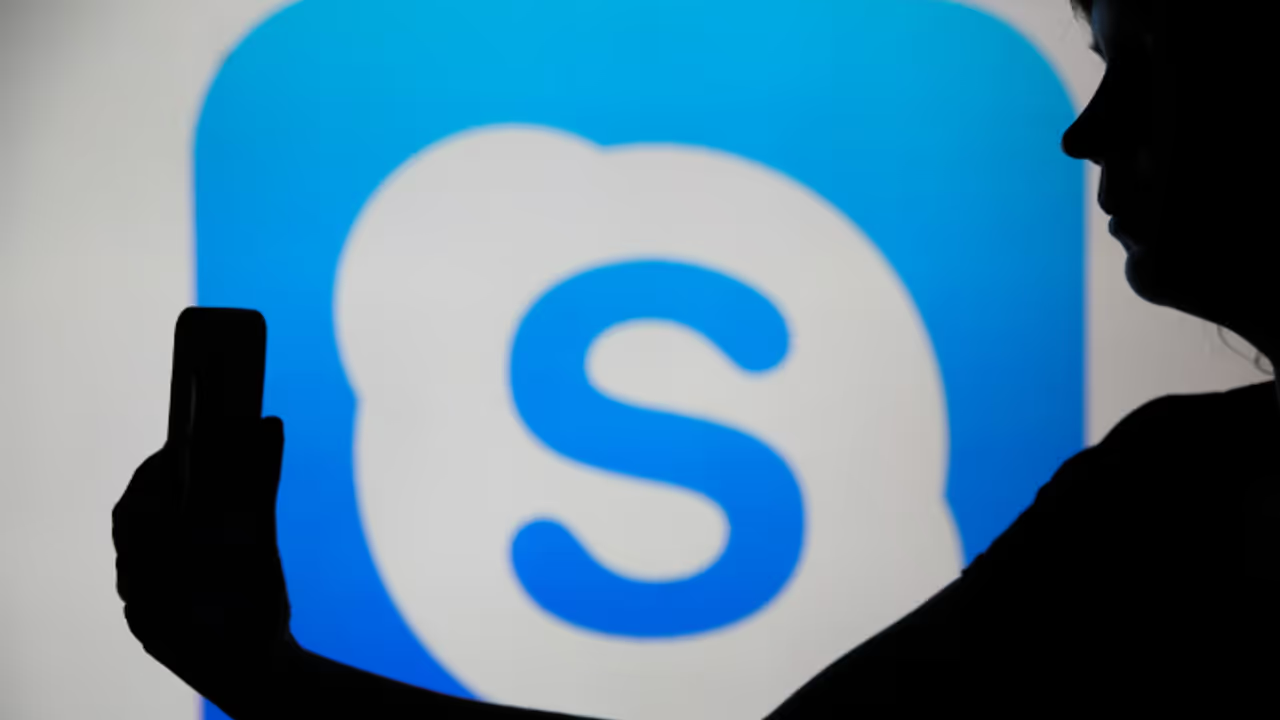Skype is shutting down on May 5, 2025, prompting users to migrate to Microsoft Teams or explore alternative video-calling platforms. Options include Google Meet, Zoom, Slack, and Signal, each offering unique features and pricing.
The well-known video-calling service Skype is closing after 23 years of bringing people together globally. The parent corporation, Microsoft, has stated that May 5, 2025, is the service's official twilight date.

Users of Skype have two options: either download their Skype data and switch to another video-calling service, or move all of their contacts and chat data to Microsoft Teams.
How to switch to Microsoft Teams?
According to Microsoft, users of Skype may simply switch to Teams by utilizing their current Skype IDs. They can transfer contacts and conversations with ease and won't have any significant trouble signing in. Similar capabilities including file sharing, texting, and direct and group conversations are available on both systems. The company's motivation for the change is evident, though: to concentrate on Microsoft Teams, a cutting-edge communications and collaboration platform, which is available for free.
We've put up a list of substitute video-calling applications for Skype.
Google Meet
The fact that Google Meet is free to use with a regular Google account is one obvious benefit. Because Google services are so widely used, most users already have an account, which makes using the platform easy and convenient. Among other things, Google Meet allows screen sharing, meeting recording, and video conversations with up to 100 people. Meetings with more than three people are limited to 60 minutes, which is a drawback of the free plan.
Longer call durations (up to 24 hours), bigger meeting hosting, and other cutting-edge Gemini AI capabilities are all available with the premium version of Google Meet. The business beginning pack in India costs Rs 160 per month, which includes premium features.
Zoom
Zoom is another popular online conferencing tool that is well-known for its many useful features. It includes both public and private chat options and can accommodate up to 100 users per session. Screen sharing, a virtual whiteboard, note-taking features, and the ability to record meetings and access textual transcripts are some of the tools that users may use to interact.
Nevertheless, the 40-minute meeting restriction in the free edition might be constrictive. Users must switch to a premium subscription, which starts at Rs 1,147 per month, in order to have lengthier sessions uninterrupted. Zoom's AI Companion, which provides meeting summaries and allows users to query information from transcriptions, is also available to subscribers.
Slack
Although Slack isn't always the greatest option for holding lengthy, planned meetings, it works well for brief, spontaneous team chats. Within a channel or chat, team members may easily transition from chatting to a casual audio or video conversation thanks to its Huddle function. There is a two-person restriction on Huddles for users of the free edition. However, group Huddles with up to 50 members are available when you upgrade to a subscription plan, which starts at Rs 246 a month.
Signal
Up to 50 people can join a single chat on Signal, an encrypted messaging service that has offered group video calling capabilities since 2020. While it isn't a direct rival to Skype, it does let users exchange call connections, so instead of forming a group as Google Meet, Zoom, and Microsoft Teams do, users can just distribute the link to others. Signal is notable for being free to use.
For mobile users who want to video connect in smaller groups, other comparable applications are Apple FaceTime, Facebook Messenger, and WhatsApp.

